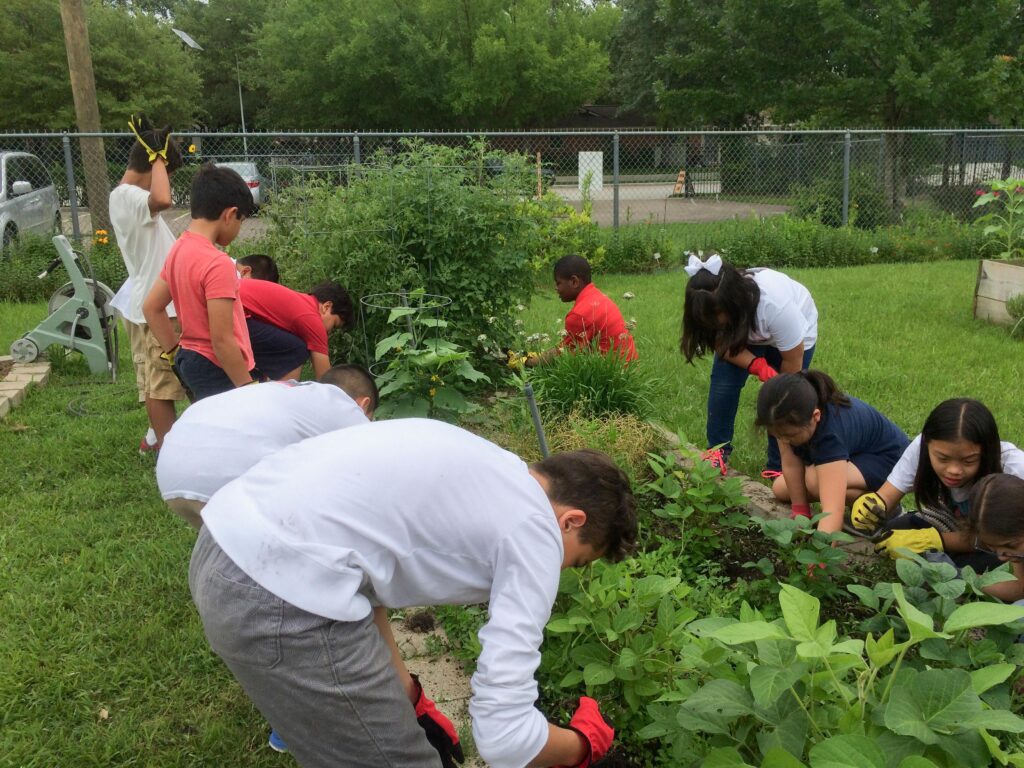
As an urban gardener, I'm lucky to have found strong garden communities very early and being able to stay for long times. One of them is the Kolter Elementary in Southwest Houston, on the Meyerland neighborhood. This post is part of a series about Houston backyard gardens and vegetable gardens in the city.
This garden was established with the help of Urban Harvest in 2004. Eight raised beds were installed, some fruit trees and irrigation. I started volunteering there in 2010; in part, we choose this school with my husband for their outdoor areas. At the time the science lab teacher Ms. Shong was our liaison with the school, and later on, Ms. Wood.
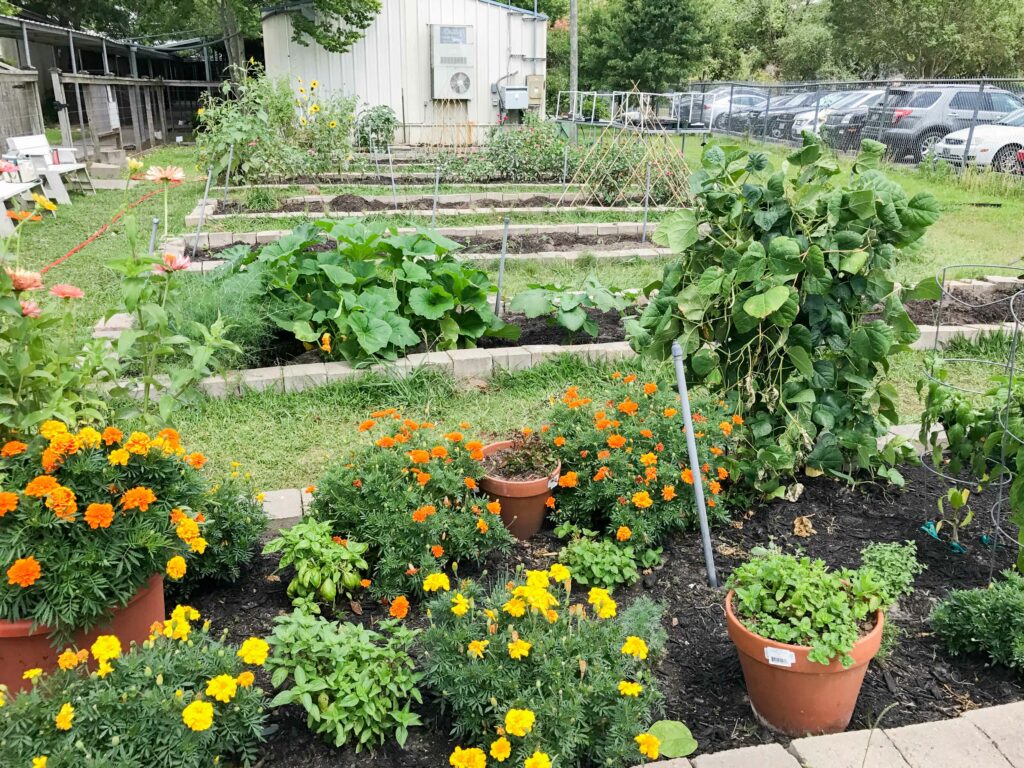
The garden was always well funded by the PTO and supported by the administration. I found my home there, and with the help of teachers and volunteers, we developed different programs and ways to use the Kolter garden, some of the most successful were:
- We partnered with our local Garden club: Bouquettes for exhibitions of vegetables, nature pictures, ceramics, small flower arrangements, and more.
- We had an after school garden club for the students.
- We partnered with Urban Harvest to host local garden events like Harvest Celebration and Spring Fling.
- We did garden baskets for school fundraisers, sold vegetables at local Farmers Markets, and sold herbs bouquets before Thanksgiving.
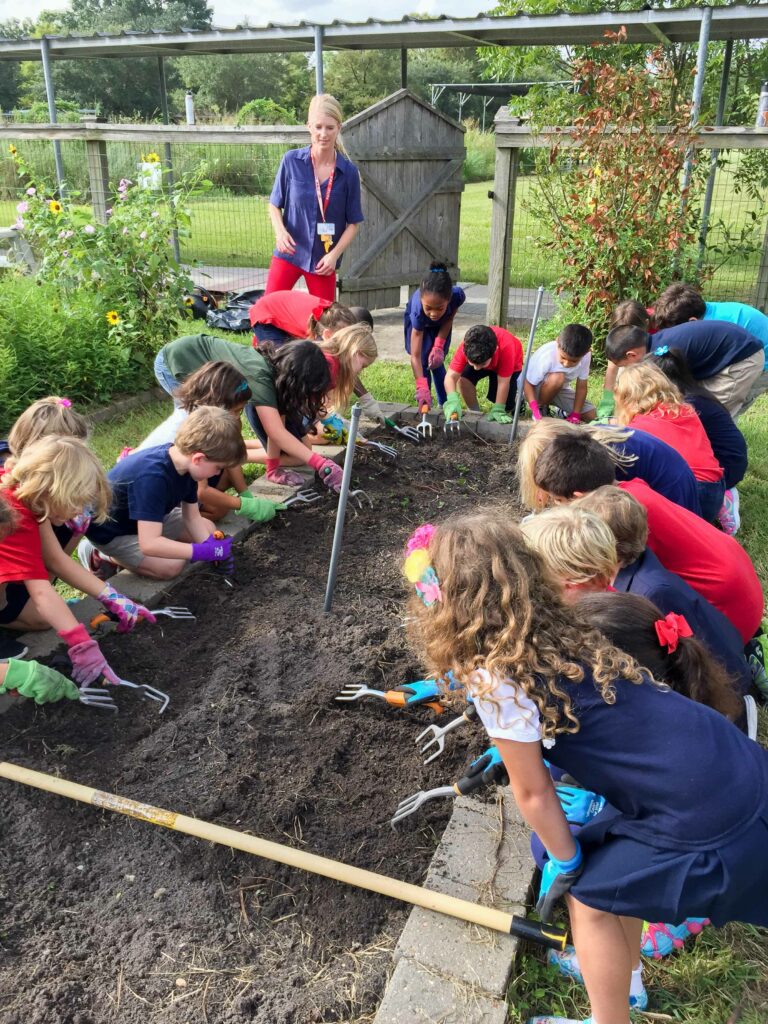
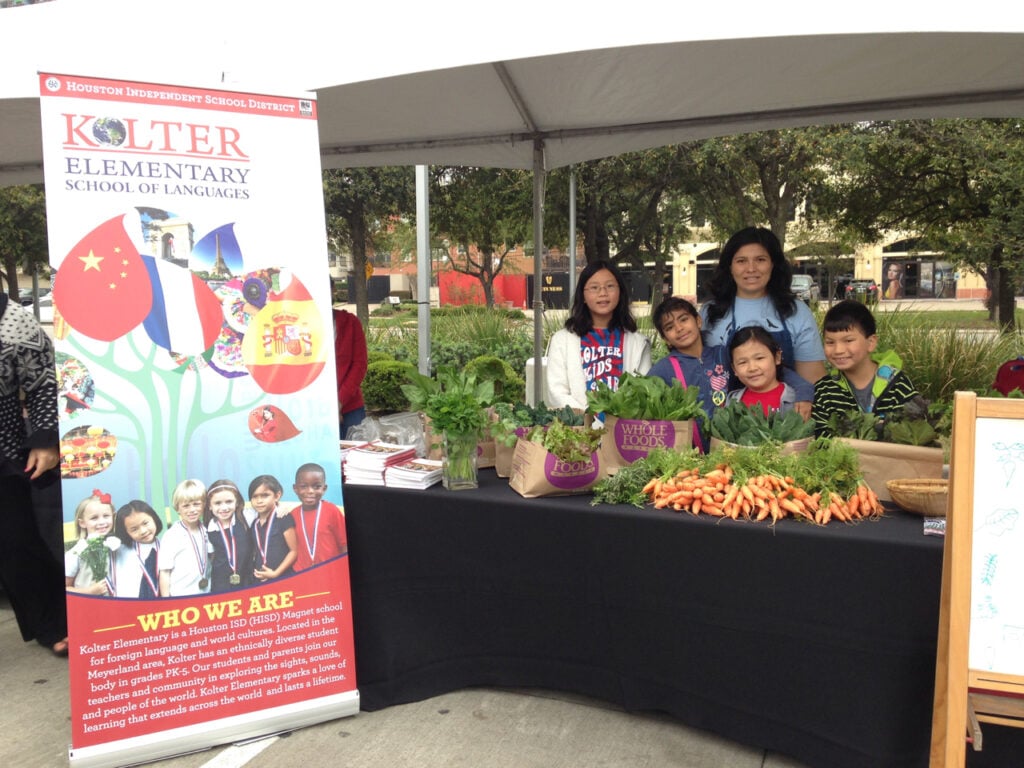
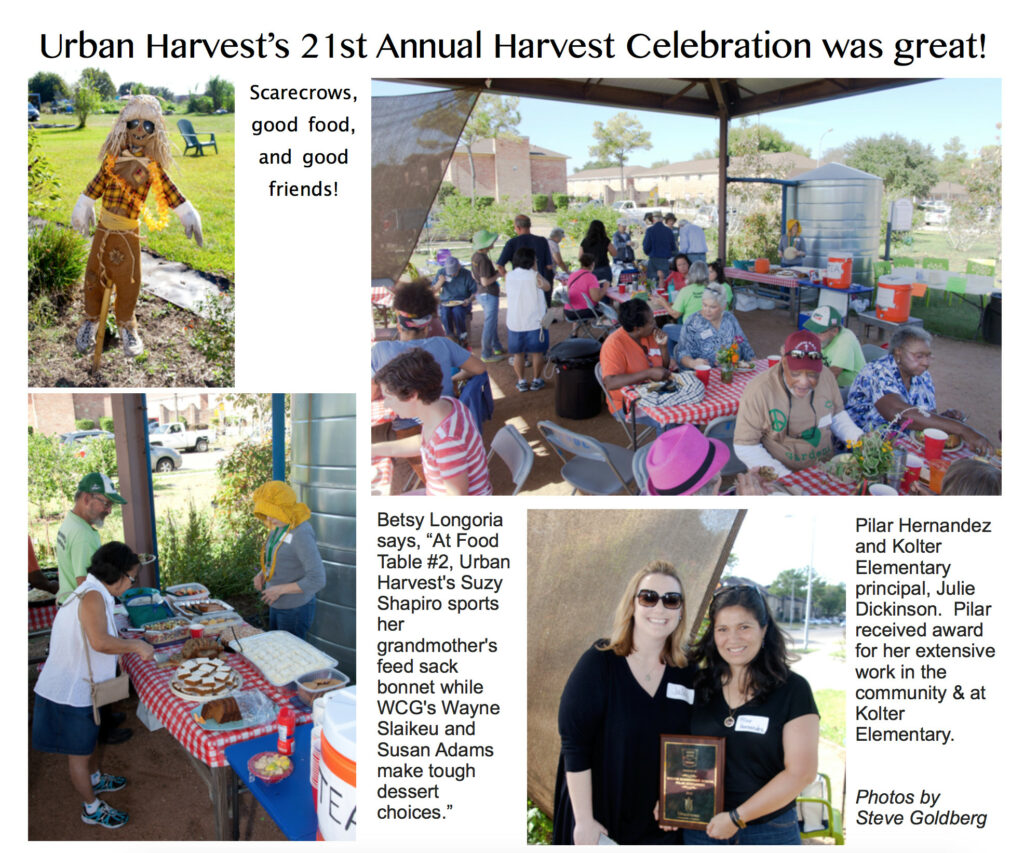
Gradually, we found our footing and rhythm with the school activities, doing plantings and harvesting during science lab time; our most enjoyable crops were:
- Sweet potato festival: 4th graders did the planting on May right before leaving for summer break. They came back to their last year at Kolter to harvest and cook and bring back sweet potatoes dishes. We tasted the best sweet potato salsa, samosas, pakoras, empanadas, cinnamon rolls, pieces of bread, casseroles. A true feast.
- Brassicas with the Kindergartens.
- Carrots with the first graders.
- Red potatoes with the second graders.
- Peas or green beans with the third graders
- Our pre-K class grew a Pizza garden every year March to May. Ending with the making of the pizza salsa with tomatoes, eggplants, basil and more from the garden.
Parent volunteers maintained the crops: thinning of the carrots, endless weeding, watering and supplemental plantings of flowers, herbs, small crops of lettuce, squashes, cucumber, watermelons, and so much more. We built an active and dedicated group.
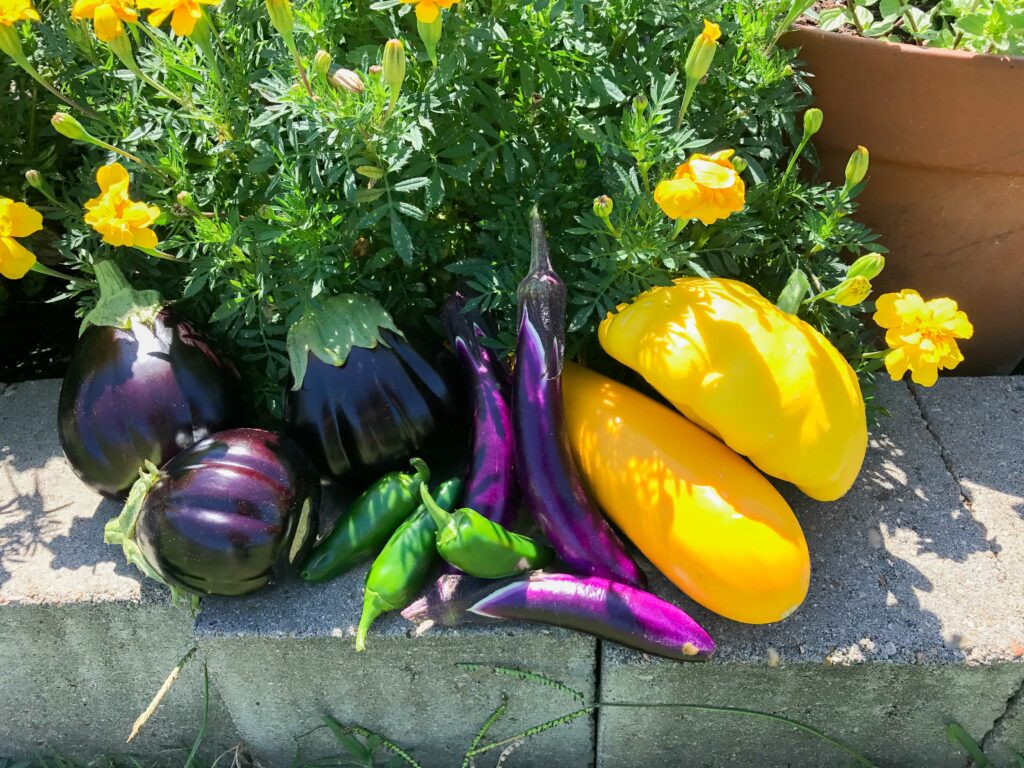
In my opinion, a school garden must be a place of wonder; we enjoyed having space to grow all colors of carrots, chards, beets, onions, and historically significant crops like cotton, peanuts, okra, corn, three sisters crops, etc.
Summers were always challenging with the heat and the jungle taking hold of the garden. It took a while, but we got better at putting our beds to rest.
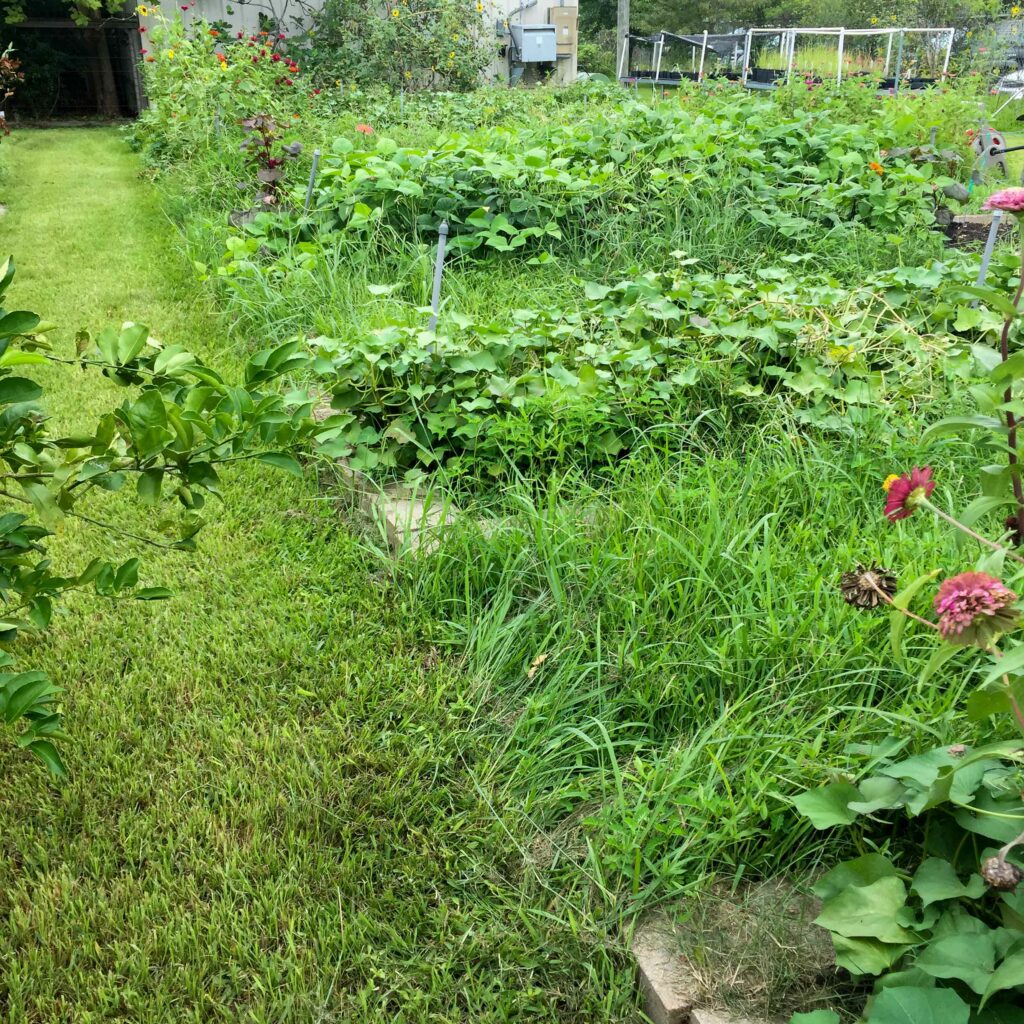
It all came to a halt with Hurricane Harvey (August 2017), it was our neighborhood third flood in three years and the worst, our school building flooded. Our school district moved us to a temporary location on Bellaire, with the expectation to be back in 6 months.
We brought back the garden amending the soil and kept growing vegetables to await for the kids. Finally, the decision was made to build a new school, elevated.
The garden was destroyed, a driveway will be on that location. Thankfully, plans for a new and improved garden are already in the works. We will be back, but first I say goodbye to you: Old Kolter South garden. You were amazing!

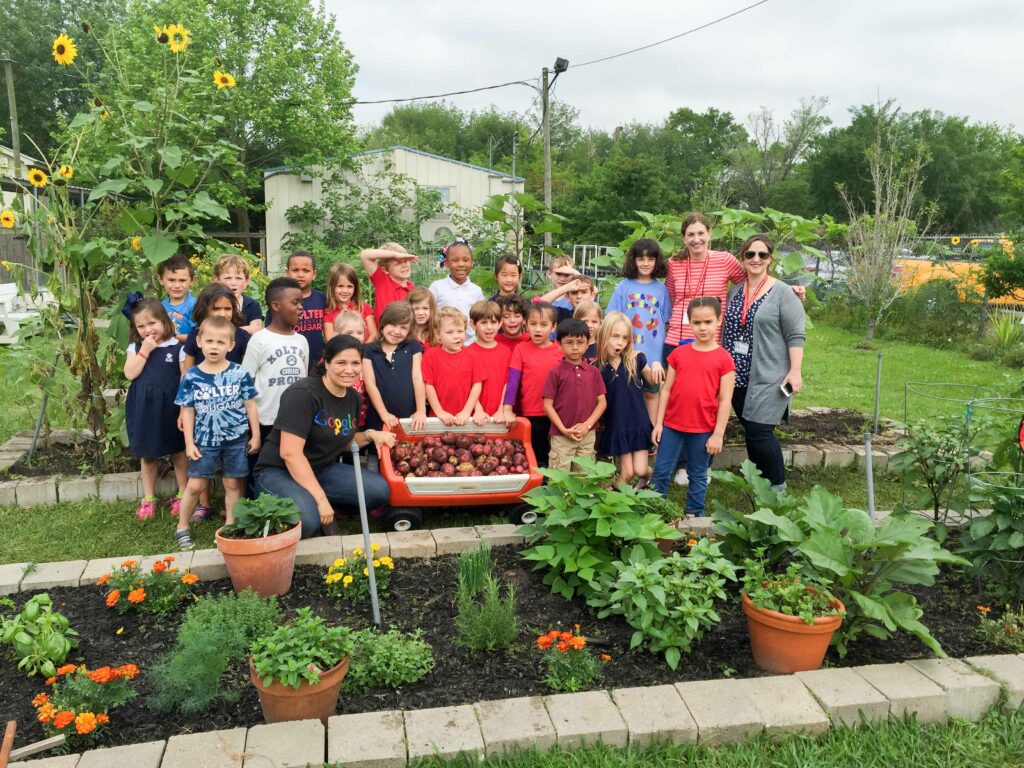
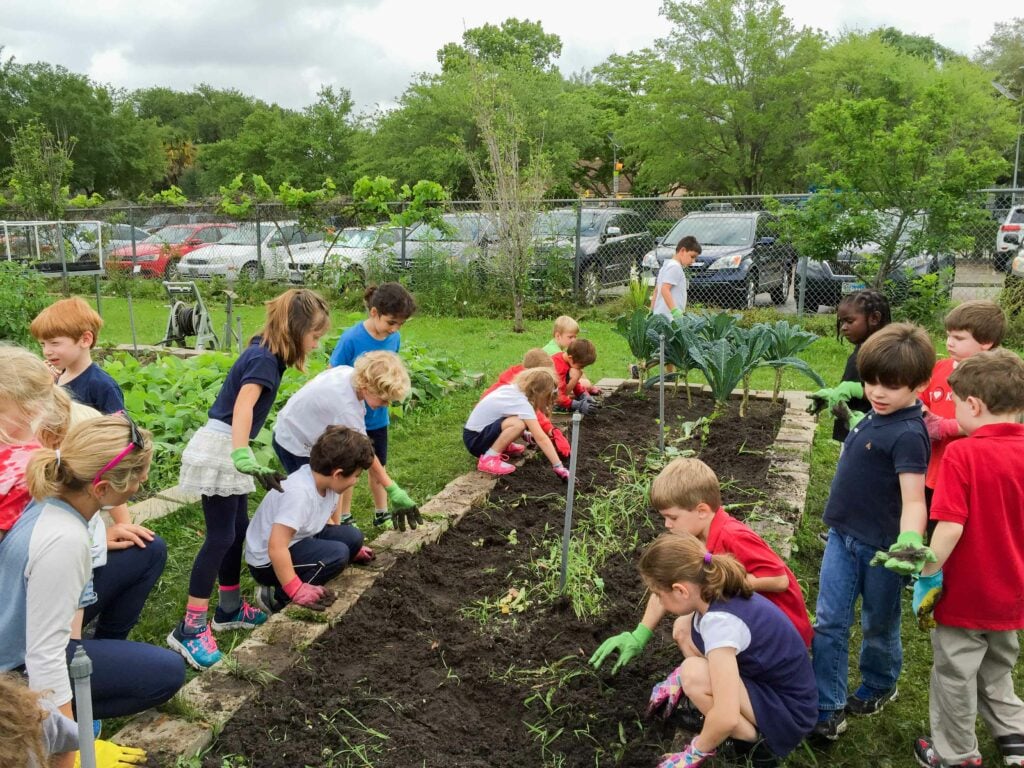
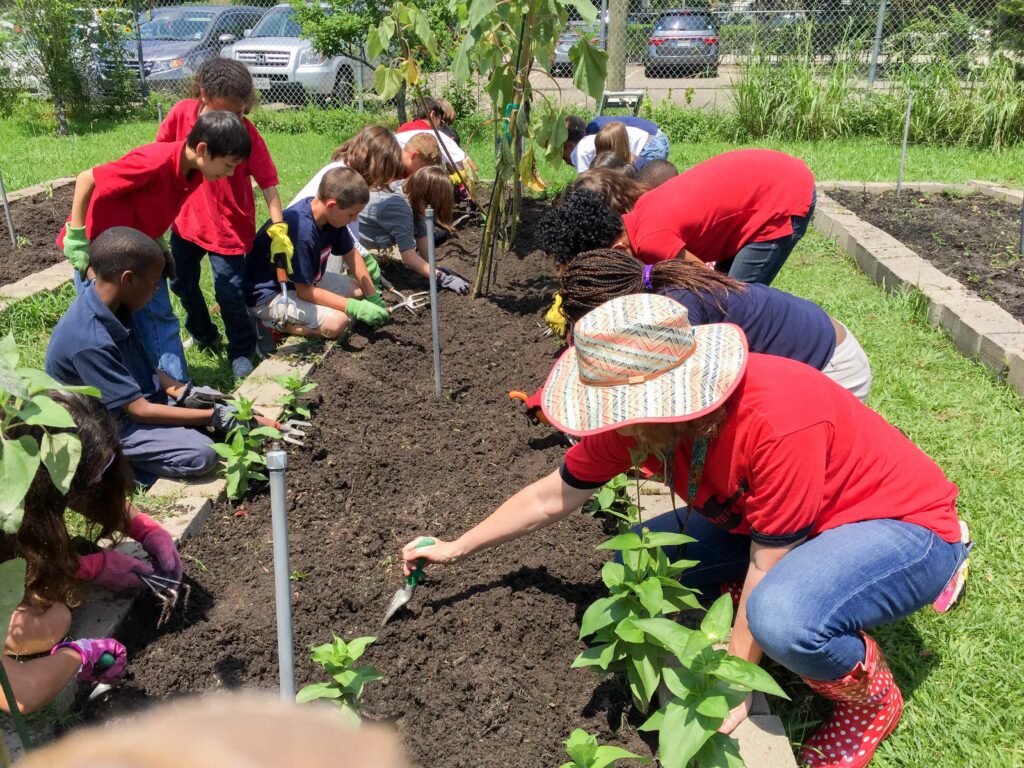
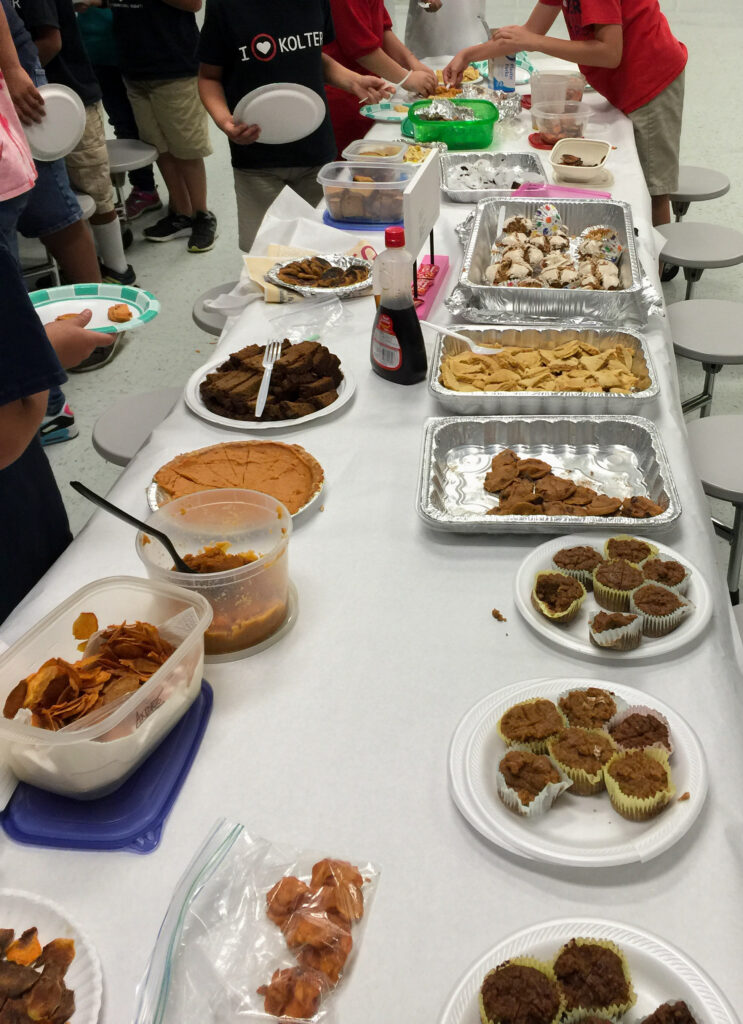
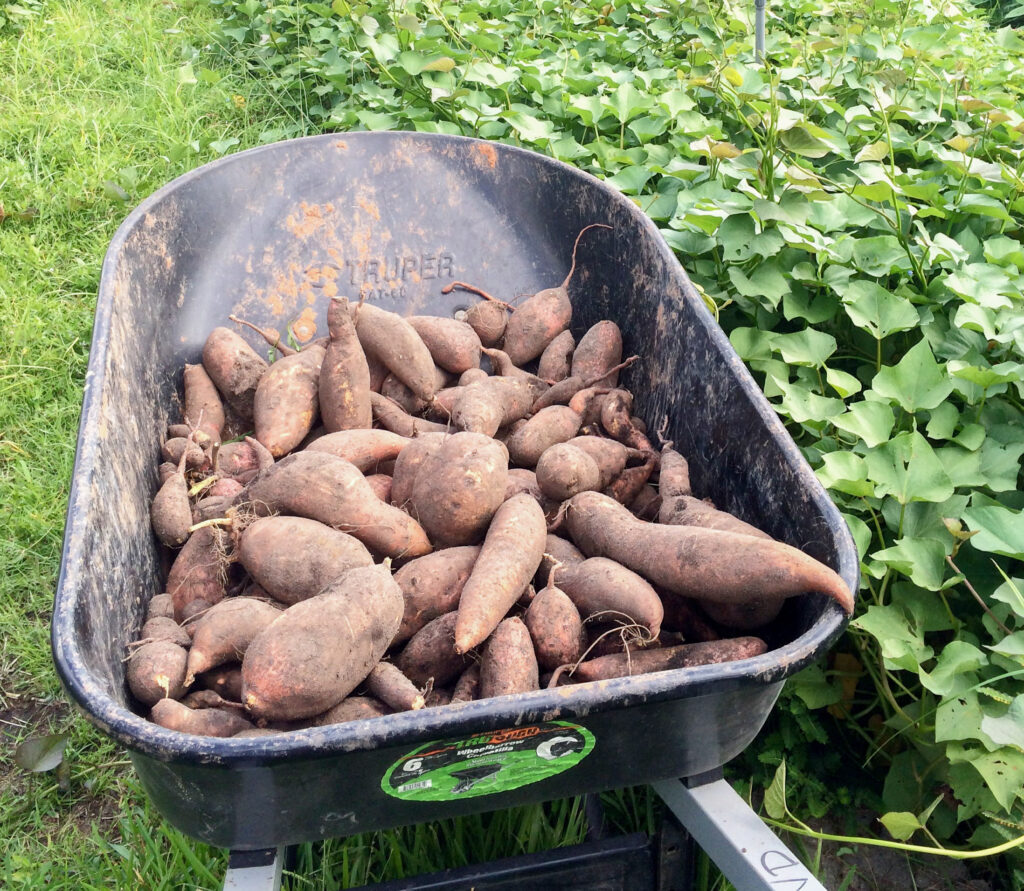
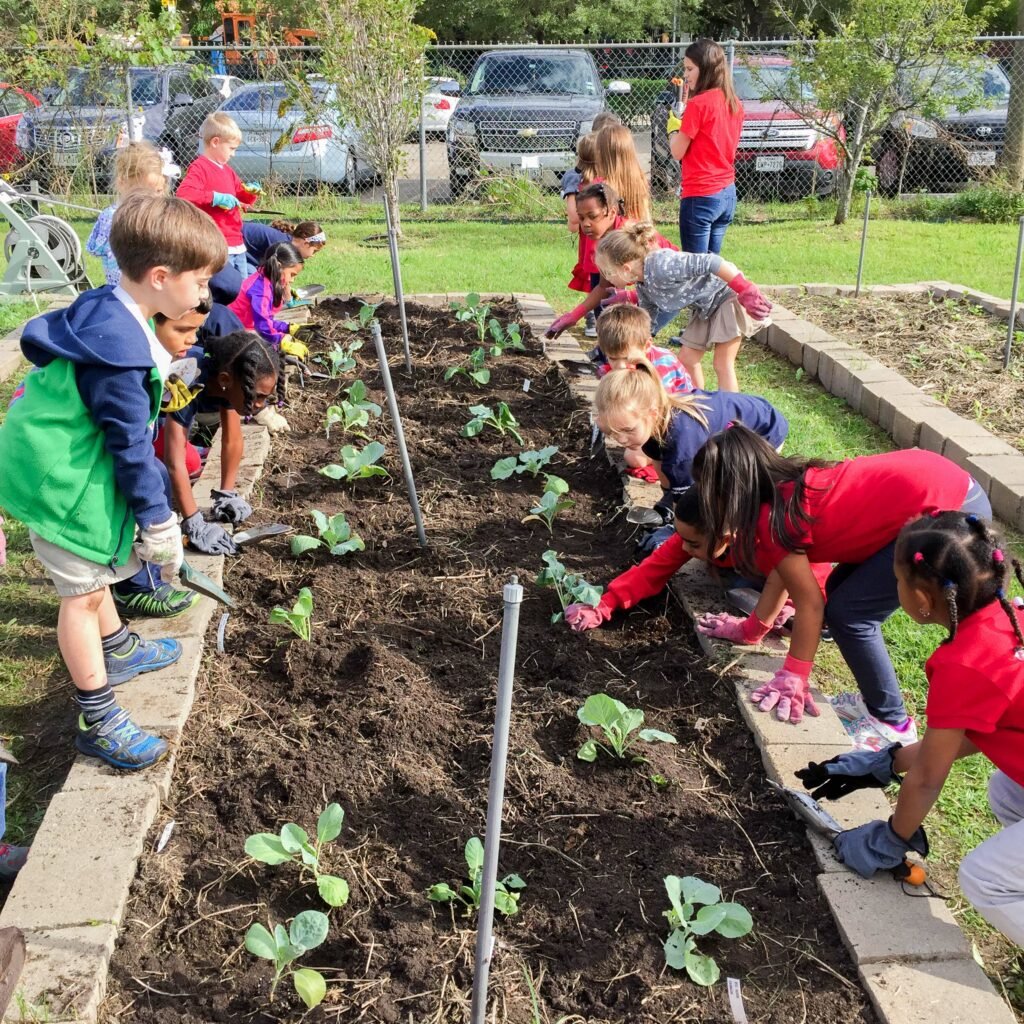
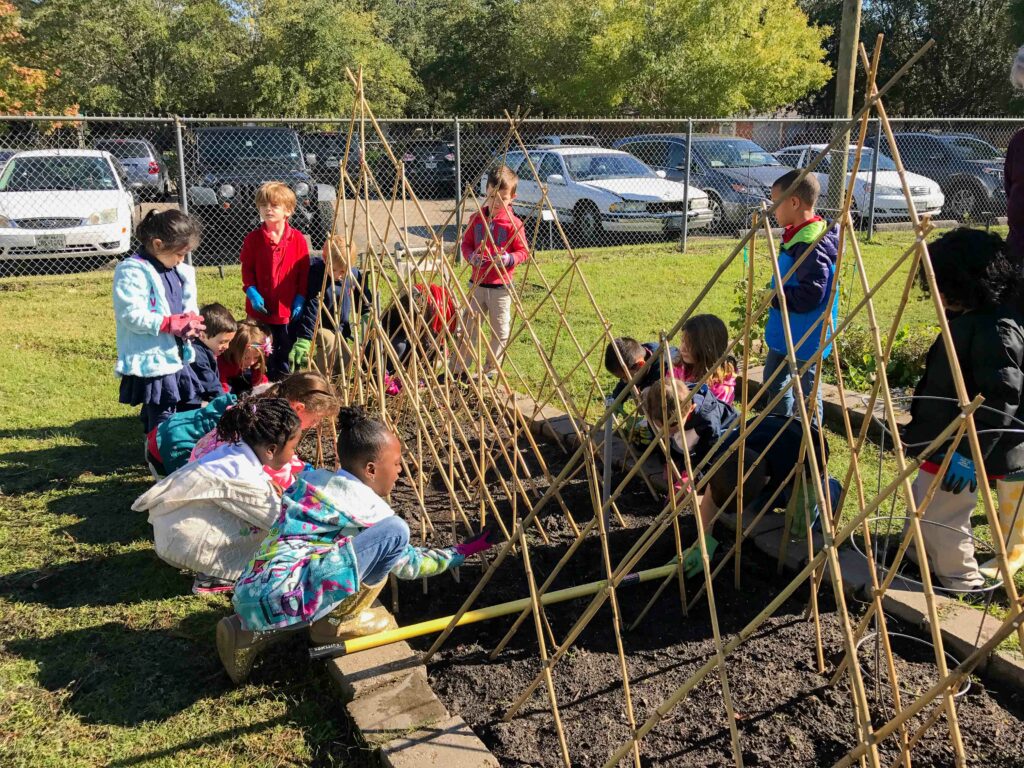
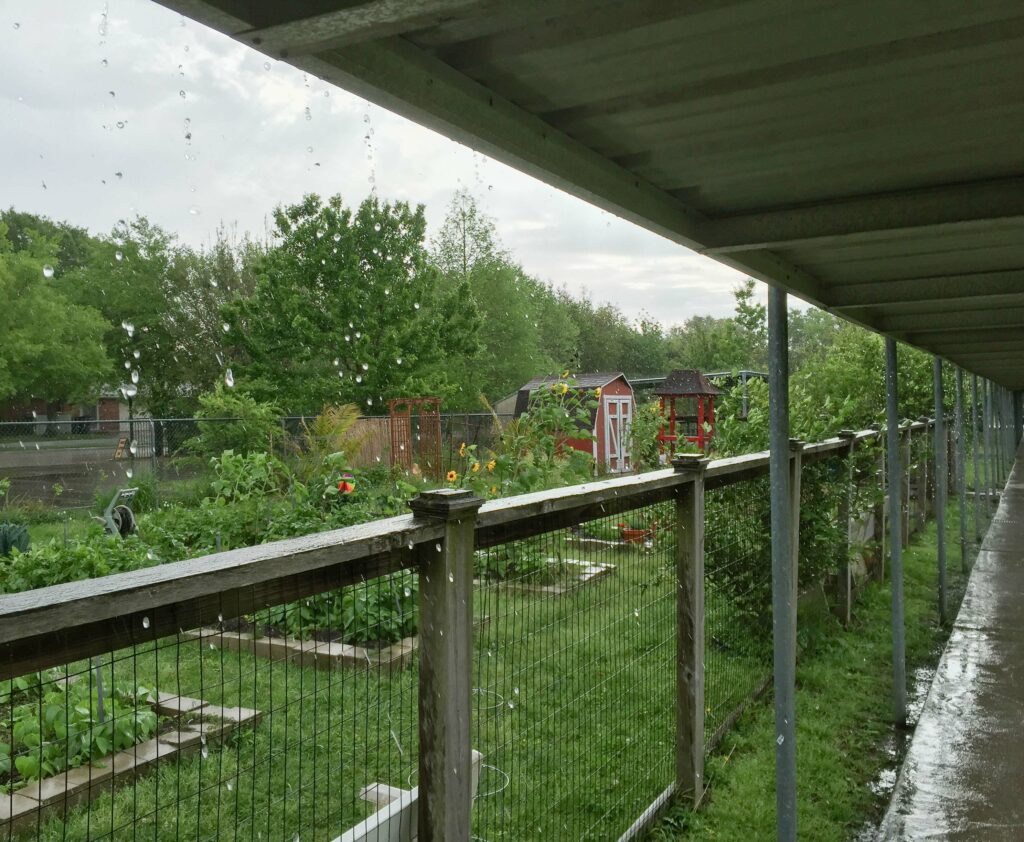
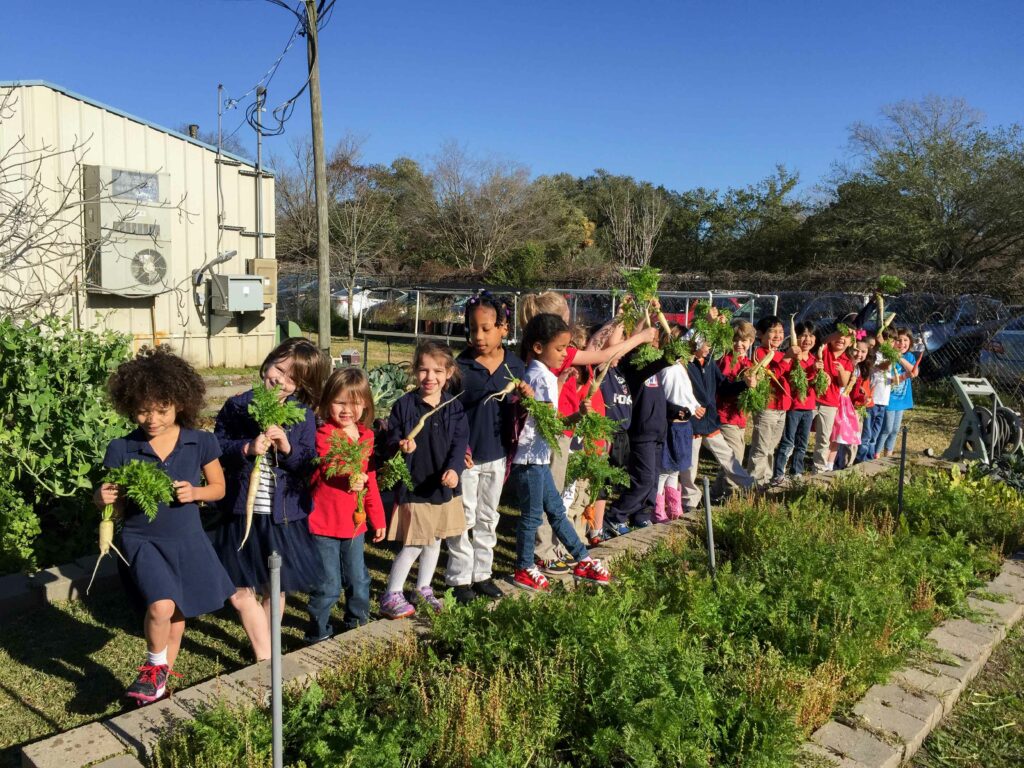
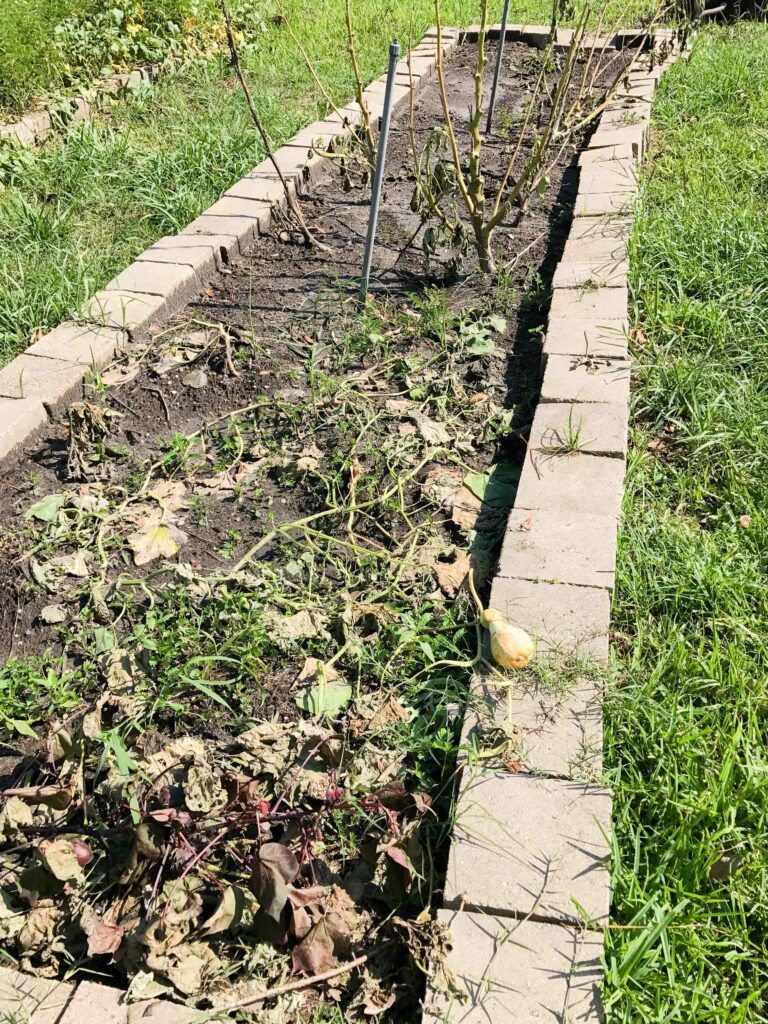
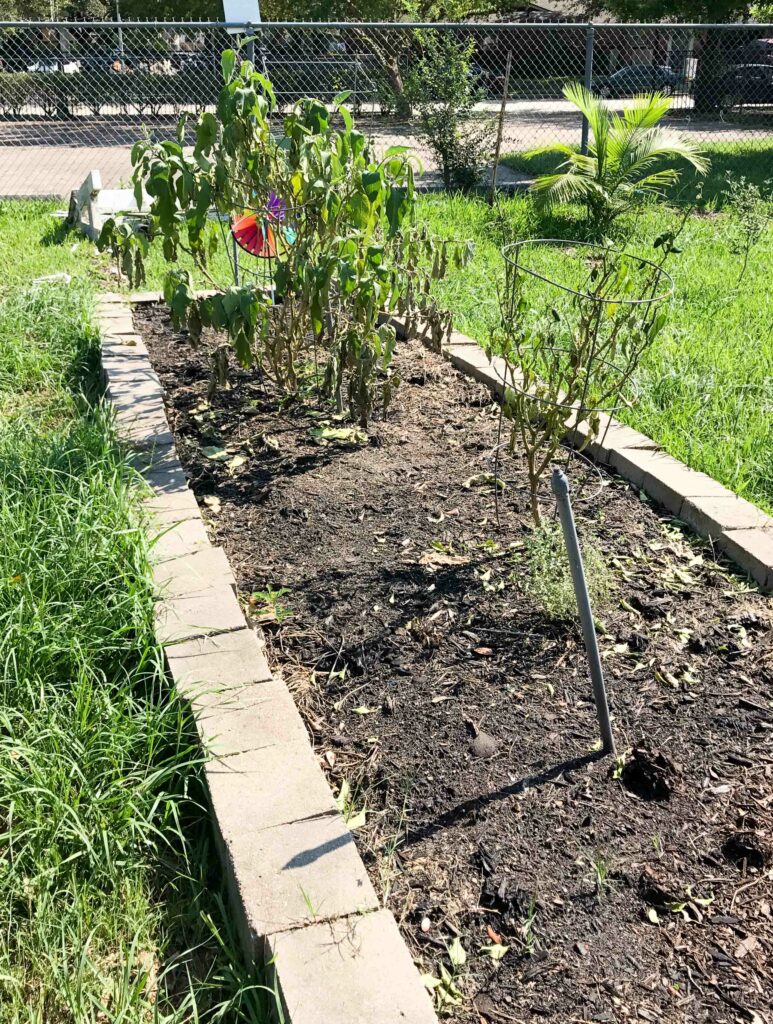
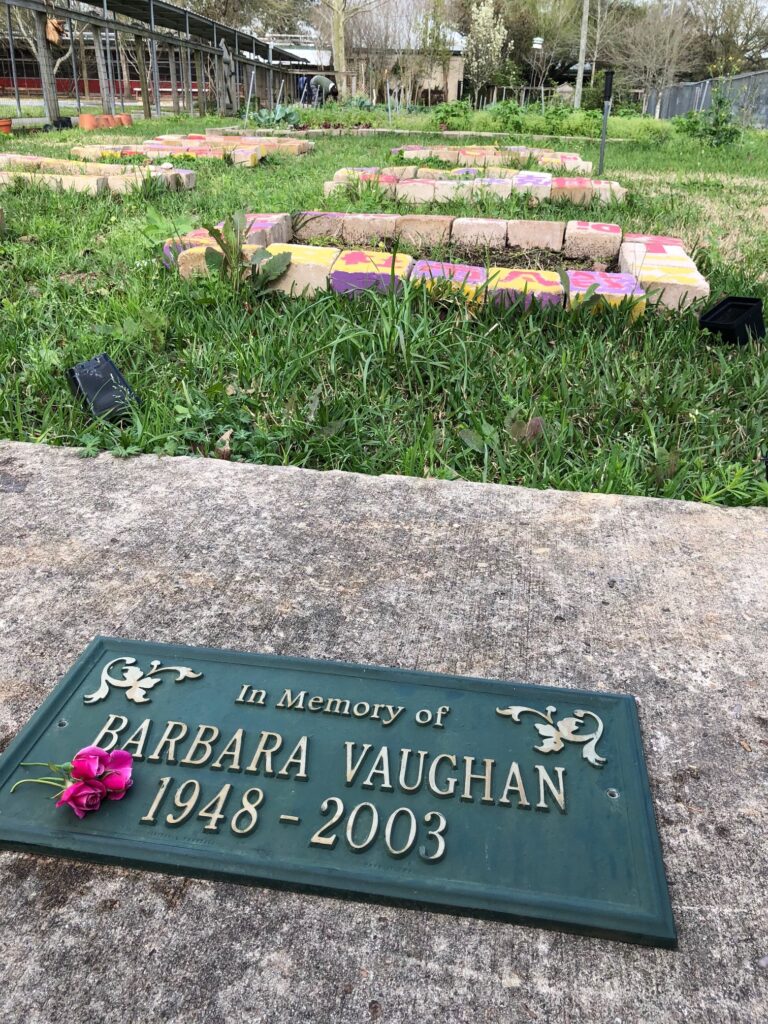
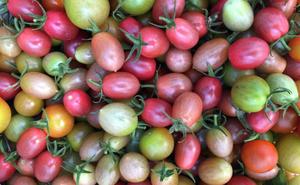
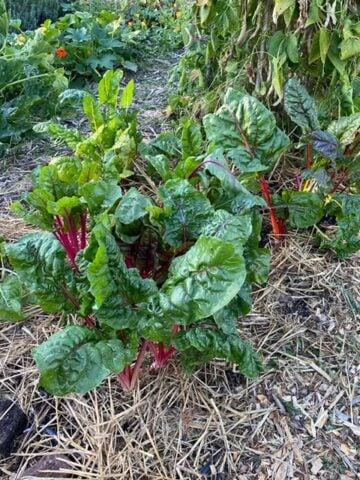
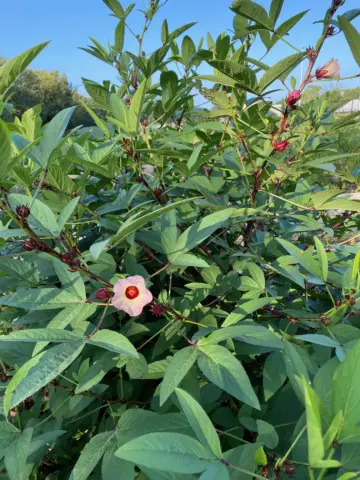
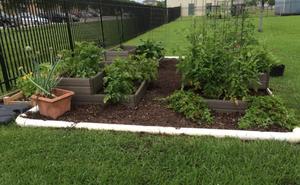
Debbie Leflar says
This made me so sad but I knew it was happening; I drove by there recently and saw the construction. I can only imagine how difficult it is for you having put so much of yourself into that garden. You've been such a mentor for so many people/children both at school and with your blog. Congratulations Pilar, you're certainly an inspiration and it's been my pleasure to know you!
Pilar Hernandez says
I just build over what you shared with me. I'm forever grateful for everything you taught me. I will invite you to our new school garden soon!